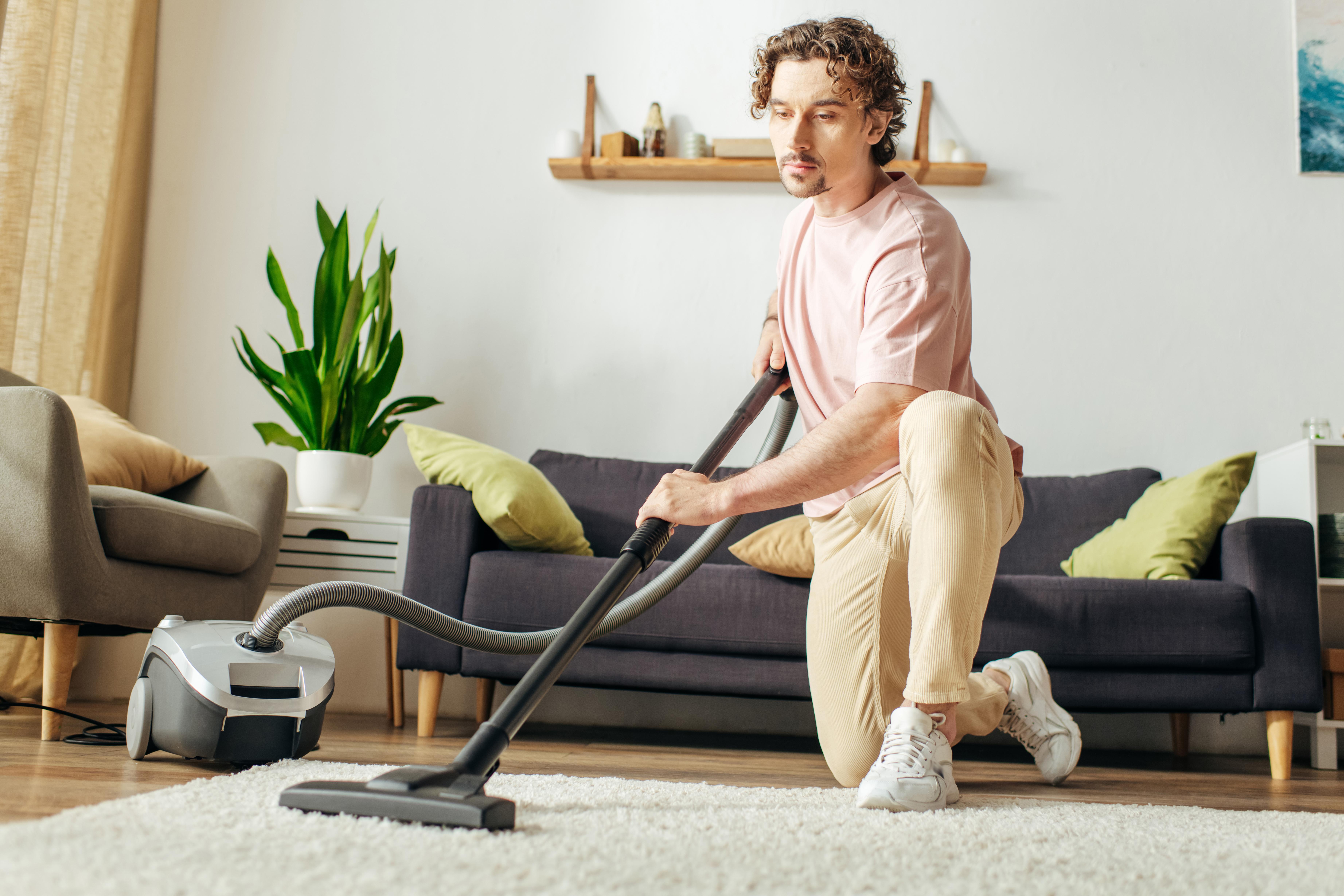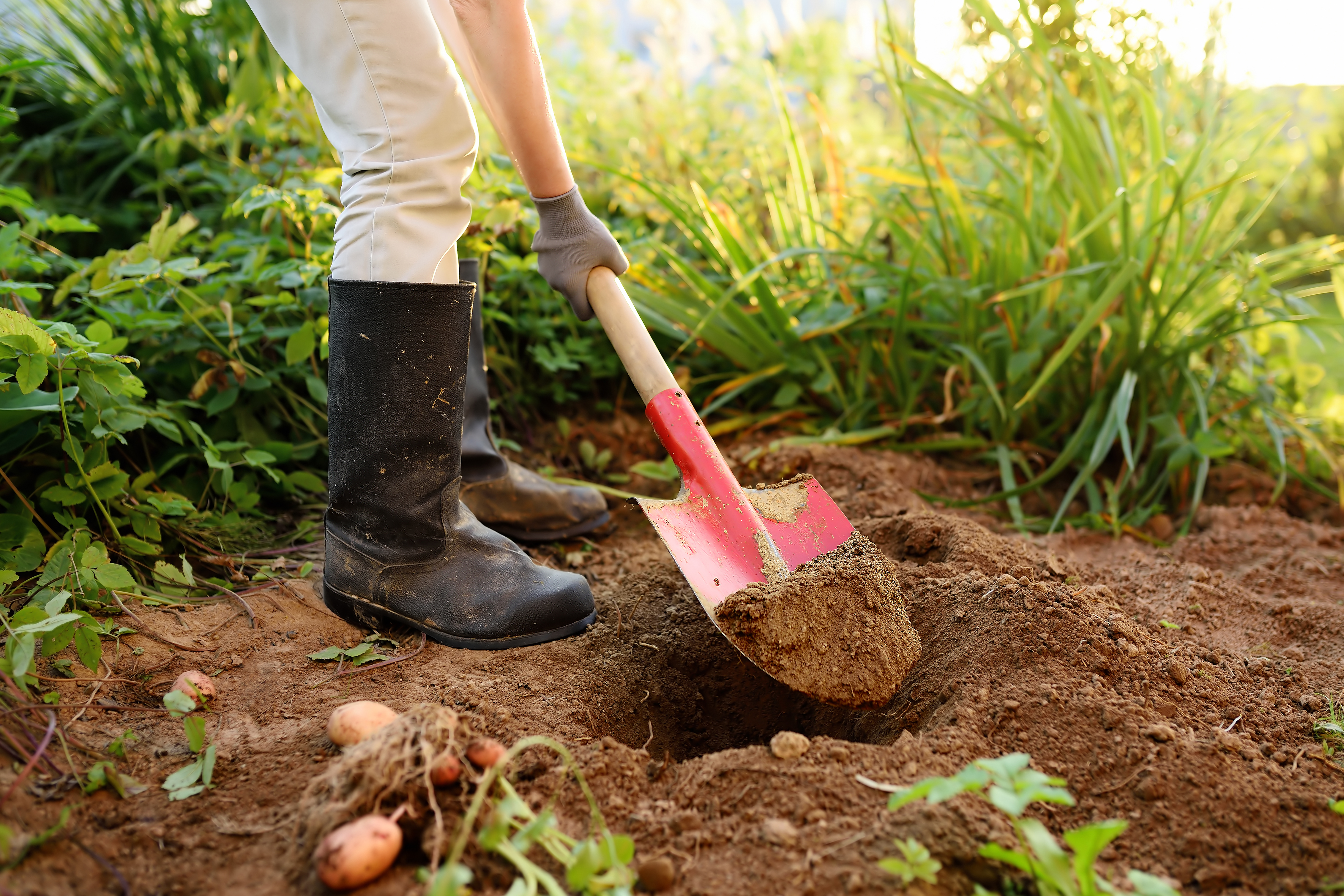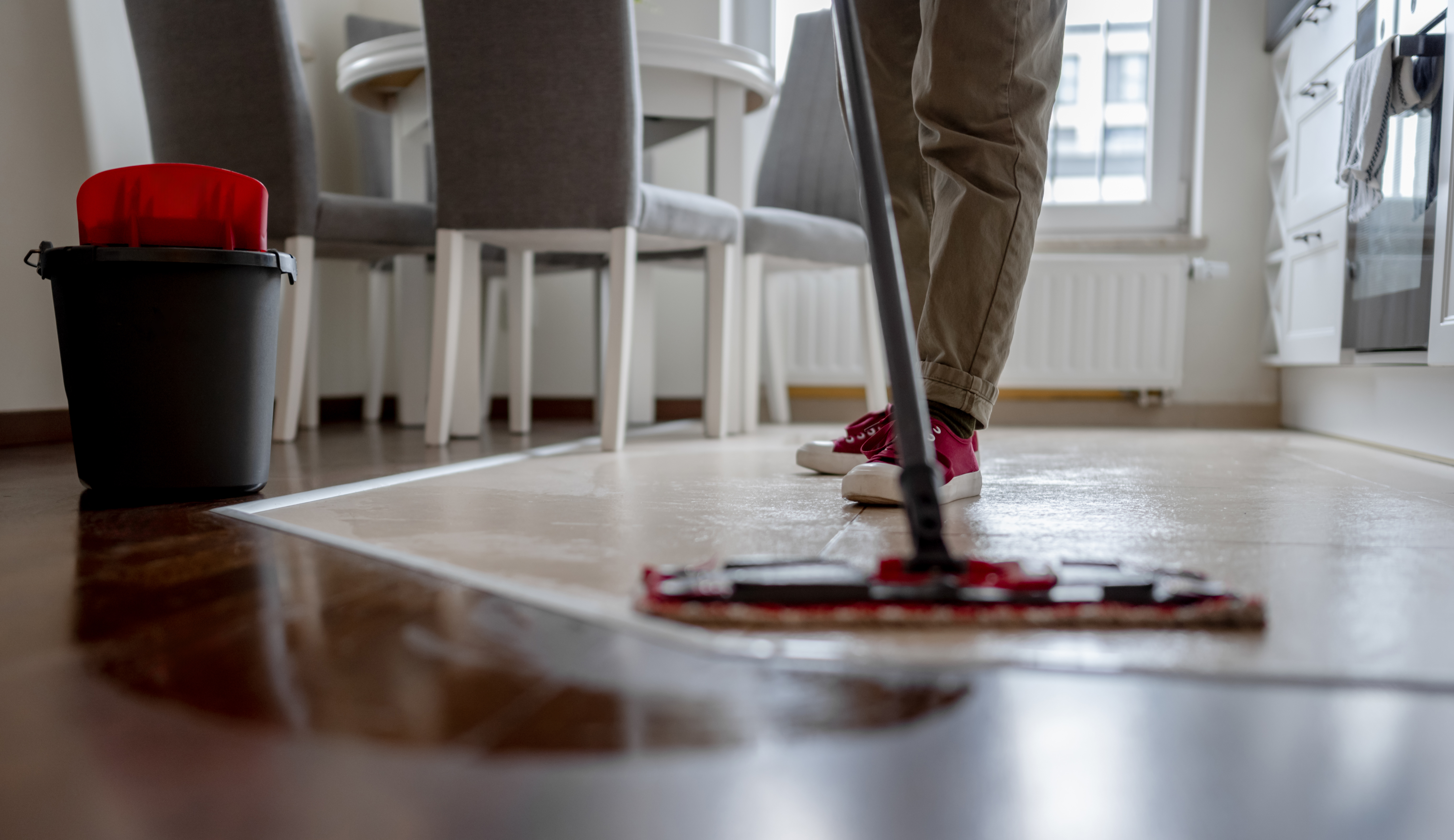19 Everyday Movements That Quietly Strengthen Core Muscles
Core strength isn’t just built in the gym—it’s shaped in the moments you don’t even think about. From tying your shoes to reaching for the top shelf, your core is constantly at work, quietly stabilizing, balancing, and powering you through everyday life. And no, it’s not just about sculpted abs. Your core includes deep muscles that support your spine, protect your organs, and anchor nearly every movement you make. The good news? You’re already training it more than you realize. In this guide, we’ve expanded our list to 19 Everyday Movements That Quietly Strengthen Core Muscles—small, routine actions that double as stealthy strength-builders. Whether you’re walking the dog, standing in line, or carrying groceries, these simple tasks are secretly sculpting your stability. The key is awareness—once you know where your core shows up, you can use it better, move smarter, and feel stronger from the inside out.
1. Breathing: The Unseen Core Exercise

Breathing is a fundamental yet often overlooked core exercise. Proper breathing engages the diaphragm, a key component of the core. Deep, diaphragmatic breathing strengthens the diaphragm and stabilizes the core, improving posture and reducing stress. This type of breathing requires the engagement of the transverse abdominis, the deepest abdominal muscle, which acts like a corset to support the spine. Practicing mindful breathing not only enhances core stability but also increases oxygen flow, leading to better endurance and focus. Incorporating breathing exercises into your routine can significantly bolster core strength and overall health.
2. Standing Tall: The Power of Posture

Good posture is a reflection of a strong core. Standing tall with your shoulders back and spine aligned engages the core muscles, particularly the erector spinae and obliques. This simple act of maintaining proper posture throughout the day can significantly strengthen these muscles. Poor posture, on the other hand, can lead to core muscle weakness, resulting in back pain and a host of other issues. By consciously correcting your posture, you not only improve your core strength but also enhance your appearance and confidence. Practicing good posture is a continuous exercise that pays dividends in core stability and overall health.
3. Walking: A Core-Centric Activity

Walking is a deceptively simple yet powerful way to engage the core. Each step requires the activation of core muscles to maintain balance and forward momentum. The obliques and transverse abdominis work to stabilize the pelvis, while the rectus abdominis and lower back muscles help maintain posture. Walking on varied terrains, such as hills or uneven surfaces, can further challenge the core, enhancing its strength and endurance. By focusing on engaging the core during walks, you can transform this everyday activity into an effective core workout—contributing to better balance and coordination.
4. The Art of Sitting: Active Engagement

Sitting is an activity that can either weaken or strengthen the core, depending on how it's done. Slouching in a chair disengages the core muscles, leading to poor posture and potential back problems. However, sitting with an active core—by keeping the back straight, shoulders relaxed, and feet flat on the ground—can strengthen the abdominal and back muscles. Utilizing an exercise ball as a chair can further engage the core, as it requires constant micro-adjustments to maintain balance. By transforming sitting into an active engagement, you can fortify your core muscles even during sedentary activities.
5. Lifting: Everyday Strength Training

Lifting in everyday life—whether it's lifting groceries on a shopping run or playing with your toddler—is a common activity that heavily involves the core. Proper lifting technique requires the engagement of the core to protect the spine and distribute weight evenly. The transverse abdominis and obliques are particularly involved in stabilizing the body during such lifts. By consciously activating these muscles, you can transform lifting during everyday chores into a legitimate strength training exercise. Engaging the core during lifts not only prevents injury but also enhances overall muscle tone and endurance. This everyday activity, when done correctly, becomes a powerful tool for building core strength in the long run.
6. The Twist: Engaging the Obliques

Twisting motions, such as turning to reach for something or rotating the torso, are excellent for engaging the oblique muscles. In particular, these muscles are crucial for rotational movements and help maintain balance and stability. Everyday activities like sweeping, vacuuming, or even dancing involve twisting motions that can strengthen the obliques. By focusing on these movements and ensuring proper form, you can effectively target and enhance the strength of your oblique muscles. This not only improves core stability but also contributes to a more defined waistline that keeps away other related issues.
7. Bending: The Flexibility Factor

Bending is an integral activity in daily life, whether it's picking up an item from the floor or tying your shoes. This movement engages the core muscles, particularly the lower back and abdominals, to maintain stability and control. Proper bending technique involves hinging at the hips rather than the waist, which activates the glutes and core muscles. By practicing mindful bending, you can enhance flexibility and reduce the risk of back strain. Incorporating stretches and yoga poses that mimic bending movements can help gain even better core strength and flexibility.
8. Reaching: Extending Core Potential

Reaching for objects, whether on a high shelf or across a table, requires the engagement of the core to maintain balance and control. This movement activates the transverse abdominis and obliques, as well as the muscles of the lower back. By consciously engaging the core during reaching tasks, you can transform this simple action into a core-strengthening exercise. Practicing reaching movements with added resistance, such as holding a weight, can further enhance core strength and endurance. This everyday activity, when performed with intention, can significantly contribute to core stability that you would be able to enjoy for a long time to come.
9. Balancing: The Core's True Test

Balance is a direct reflection of our core strength. Everyday activities that challenge balance, such as standing on one leg to put on a shoe or walking on an uneven surface, engage the core muscles to stabilize the body. The transverse abdominis, obliques, and lower back muscles work in concert to maintain equilibrium. Practicing balance exercises, such as standing on one leg or using a balance board, can significantly enhance core strength and proprioception. By incorporating balance challenges into your daily routine, you can improve core stability and overall coordination in the long run and benefit from a healthier, more flexible body.
10. The Push and Pull: Dynamic Core Engagement

Pushing and pulling motions—whether opening a door or carrying a heavy bag—require dynamic core engagement. These movements activate the rectus abdominis, obliques, and lower back muscles to stabilize the spine and transfer the force of your movement efficiently. By focusing on core engagement during these actions, you can transform them into effective strength-building exercises. Incorporating resistance bands or weights can further enhance the challenge and benefit of these movements. The push and pull in everyday life, when performed with awareness, can significantly contribute to core development that sustains good health over time.
11. Climbing Stairs: A Step Up for Core Strength

Climbing stairs is a functional activity that engages the core muscles, particularly the lower abdominals and obliques. Each step requires the stabilization of the pelvis and spine, challenging the core to maintain balance and control. By focusing on core engagement and maintaining proper posture while climbing stairs, you can enhance the strength and endurance of these muscles. Incorporating stair climbing into your daily routine—or even adding weight for increased resistance—can significantly boost core strength and cardiovascular fitness in the long run.
12. Gardening: Cultivating Core Stability

Gardening is an often underappreciated activity that provides a full-body workout, including significant core engagement. Tasks such as digging, planting, and weeding require bending, twisting, and lifting—all of which activate the core muscles. Maintaining proper posture and engaging the core during these activities can prevent injury and enhance muscle tone. Gardening not only strengthens the core but also promotes flexibility, balance, and mental well-being. By approaching this everyday activity with intentional mindfulness can help you cultivate both an environmentally-sound hobby and a strong core!
13. Sweeping or Shoveling Snow

When sweeping or shoveling, the action of moving back and forth or lifting heavy snow or dirt requires a lot of core engagement. These tasks work the muscles in your abdomen, lower back, and obliques, especially if you focus on keeping your posture upright and engaging your core throughout. Particularly when you scoop snow, you're bending at the hips and twisting to throw the snow to the side. This twisting action engages the obliques and the transverse abdominis, which are responsible for rotational movements. The shoveling motion combined with the weight ultimately ends up strengthening your core.
14. Household Chores: Everyday Core Workout

Household chores, from sweeping and mopping to carrying laundry, offer ample opportunities for core engagement. These activities often involve bending, twisting, and lifting, all of which require core stabilization. By focusing on proper form and core activation during chores, you can transform mundane tasks into effective workouts. Incorporating music or setting a brisk pace can further enhance the cardiovascular and core-strengthening benefits. Viewing household chores as a form of exercise can motivate you to approach them with energy and intention, leading to a stronger core and a cleaner home.
15. Carrying Groceries: The Functional Farmer’s Walk

Hauling heavy grocery bags from the store or car to your kitchen isn’t just a chore—it’s a mini strength session. This weighted carry mimics a farmer’s walk, a classic core-strengthening move. Your obliques, lower back, and deep abdominal muscles fire up to keep you upright and balanced, especially when the weight is uneven across both sides. Instead of rushing, slow down and engage your core with each step. Want to level up? Use reusable bags with thicker handles to maintain grip and reduce wrist strain. It’s a no-equipment-needed core challenge—built right into your errands.
16. Brushing Your Teeth: Balance Meets Mindfulness

It may sound surprising, but standing on one leg while brushing your teeth turns a mindless habit into a core-balancing act. As you stabilize on one foot, your core—especially the transverse abdominis and glute medius—works overtime to keep you steady. This simple two-minute balance drill improves proprioception, engages your stabilizers, and adds intentional movement into your morning and evening routine. Alternate legs each time, and make sure your hips stay level. Over time, this micro-movement helps reinforce core control and lower-body alignment—without costing you a single extra second.
17. Playing with Kids or Pets

Whether it’s crawling on the floor, squatting to pick up a toddler, or twisting to throw a ball for your dog, playtime is packed with spontaneous core engagement. These unpredictable, multi-directional movements mimic functional training—forcing your body to stabilize, react, and support motion across planes. Crawling in particular activates your deep core, shoulders, and hips all at once. The key is awareness: move with intent, breathe through the motions, and enjoy the hidden strength-building woven into everyday play. Bonus: you’ll build resilience while bonding with the creatures you love most.
18. Putting Away Dishes: Rotational Goldmine

Reaching into cupboards, twisting to grab plates, or lowering into cabinets—this daily routine is sneakily great for your core. These repeated motions require rotation, lateral flexion, and balance, all of which activate the obliques and deep abdominal muscles. Add mindfulness by tightening your core when you reach and maintaining a neutral spine during bends. Carrying a stack of dishes? That’s added resistance. The next time you unload the dishwasher, think of it as a rotational circuit workout for your midsection—hidden in plain sight.
19. Getting In and Out of Bed or the Car

Transitional movements—like getting in and out of bed or stepping into a car—require a subtle yet essential activation of the core. These movements demand stability, spinal alignment, and control, especially for those with lower back issues. Rising without momentum, using your core instead of your arms or neck, improves functional strength and reduces injury risk. Want to make it intentional? Practice “log rolling” out of bed—engaging your obliques and glutes—or stepping into the car while keeping your torso upright and braced. It’s quiet, everyday strength training that pays off over time.
Strength Where You Least Expect It

Core strength isn’t built in loud reps or flashy gym sessions—it’s built in the quiet, everyday moments that shape how we move through life. From brushing your teeth on one leg to lifting a grocery bag with intention, these 19 subtle movements prove that your core is always working, whether you notice it or not. The magic lies in awareness: once you recognize these moments as opportunities, you unlock strength, balance, and stability without ever changing into workout clothes. Over time, these small actions add up to better posture, fewer injuries, and a body that feels more capable. You don’t need a six-pack to have a strong core—you need consistency, curiosity, and a little more presence in your movements. So the next time you reach, twist, squat, or carry, know this: you’re not just getting through the day. You’re building power from the inside out. Quietly. Confidently. And one movement at a time.